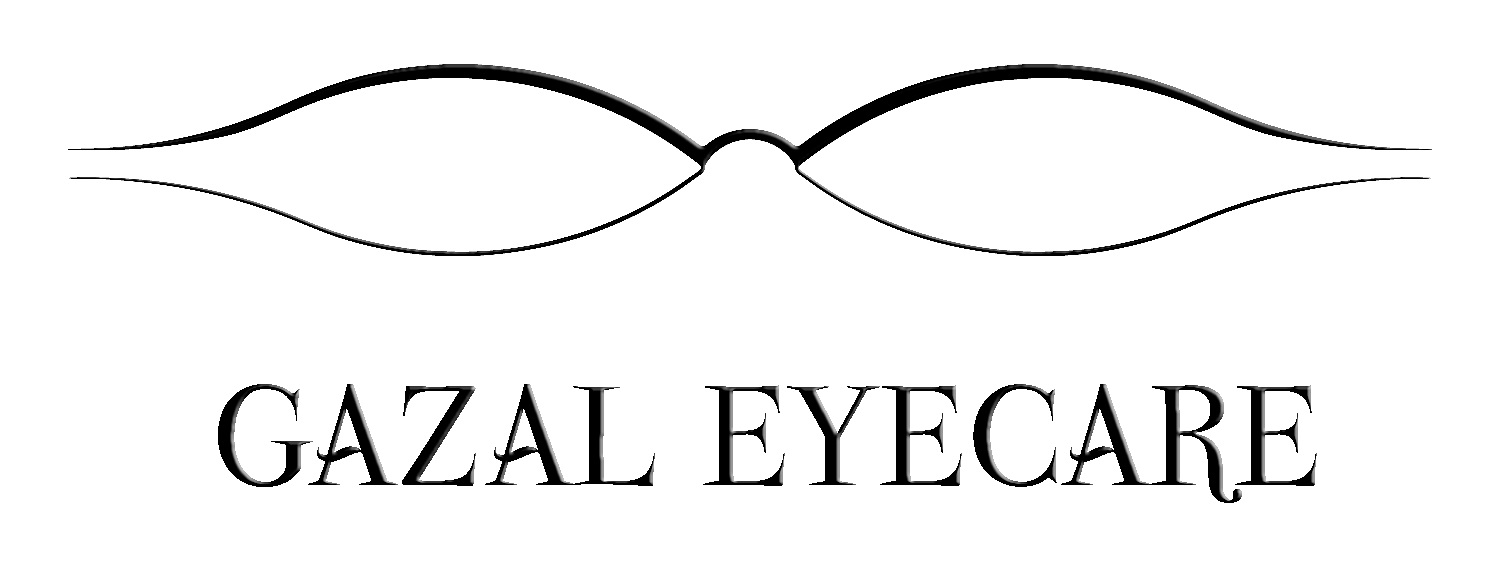Common Questions about Keratoconus Answered!
What is Keratoconus?
Keratoconus is a condition of the clear dome in the front of the eye, the cornea. Collagen fibers that hold the dome shape of the cornea become weak and as a result the cornea thins and gradually bulges outward like a cone. Keratoconus is a slowly progressing eye condition that, if caught early on, is easier manageable.
The Keratoconic Eye
What are the signs of Keratoconus?
Often the first sign of keratoconus is a slight blurred vision that cannot be corrected by glasses. Most patients with keratoconus find out about this in their teenage years and into their 20s. The early changes are so small that it cannot be simply seen under the microscope during the eye exam. This is why we use corneal topography at the time of your exam to map a detailed description of the shape of the cornea, and with it we can find the early changes to the cornea before it is noticeable by you. Early treatment is key for the best possible results.
How does Keratoconus affect vision?
For us to see well, light has to pass the clear cornea without any distortion. The bulging of the cornea causes light to be distorted, and clinically we call this distortion astigmatism. Specifically in keratoconus, it’s an irregular astigmatism. And this is the main reason glasses alone won’t be enough to correct the vision.
Are glasses or contacts better for Keratoconus?
Glasses are not enough to correct the vision for Keratoconus. Contact lenses on the other hand, especially hard lenses or specialty lenses can provide a new shield in front of the cornea and mask some or all of this irregular astigmatism. However, contact lenses do not stop the progression of keratoconus and will need to be adjusted as the cone changes shape. The cornea as well as the contact lenses should be revaluated each year as the shape of the eye continues to change.
What treatment is available for Keratoconus?
There is only one treatment that stops the progression of keratoconus, and that is corneal crosslinking. (street name; CXL or C3R). CXL uses ultra violet light and special drops mainly made of Vitamin B2, with the controlled application of both, collagen fibers that have become weak form strong bonds and as a result put a stop in the progression of keratoconus. Keep in mind CXL’s job is to stabilize the cornea and by itself it does not provide any improvement in vision.
After Crosslinking, how can vision be corrected for Keratoconus?
Once the cornea is stable, this opens doors to other viable ways to improve vision. The most common is the use of specialty contact lenses. With the help of the topography, I will be able to prescribe a contact lens that matches the irregular surface of the cornea. Mapping out the cornea aids the design of the contact lenses by knowing the exact steepness in all areas of the eye. Diagnostic lenses can be used to further AID is the most optimal fit for your custom made contact lenses.

